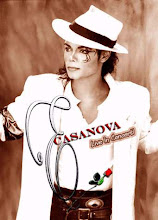Educational goals
As author Malcolm Gladwell has stated, "Sesame Street was built around a single, breakthrough insight: that if you can hold the attention of children, you can educate them".[15] Sesame Street was the first children's show that structured each episode and made "small but critical adjustments" to each segment to capture children's attention long enough to teach them something.[16]
Sesame Street uses a combination of animation, puppets, and live actors to stimulate young children's minds, improve their letter and word recognition, basic arithmetic, geometric forms, classification, simple problem solving, and socialization by showing children or people in their everyday lives. Since the show's inception, other instructional goals have been basic life skills, such as how to cross the street safely, proper hygiene, healthy eating habits, and social skills; in addition, real-world situations are taught, such as death, divorce, pregnancy and birth, adoption, and even all of the human emotions such as happiness, love, anger, fear, sadness, and hatred. Also, recently, the Sesame Street Muppets discussed the late-2000s recession with their most recent prime-time special Families Stand Together: Feeling Secure in Tough Times.
Coordinating "the clever use of Muppets and animation" with educational curriculum required what the CTW researchers called "careful thought"[17] and influenced the show's structure. For example, they had to decide how to distribute the letters of the alphabet throughout each 130-episode season.[note 2]
Sunday, May 3, 2009
Subscribe to:
Post Comments (Atom)

No comments:
Post a Comment